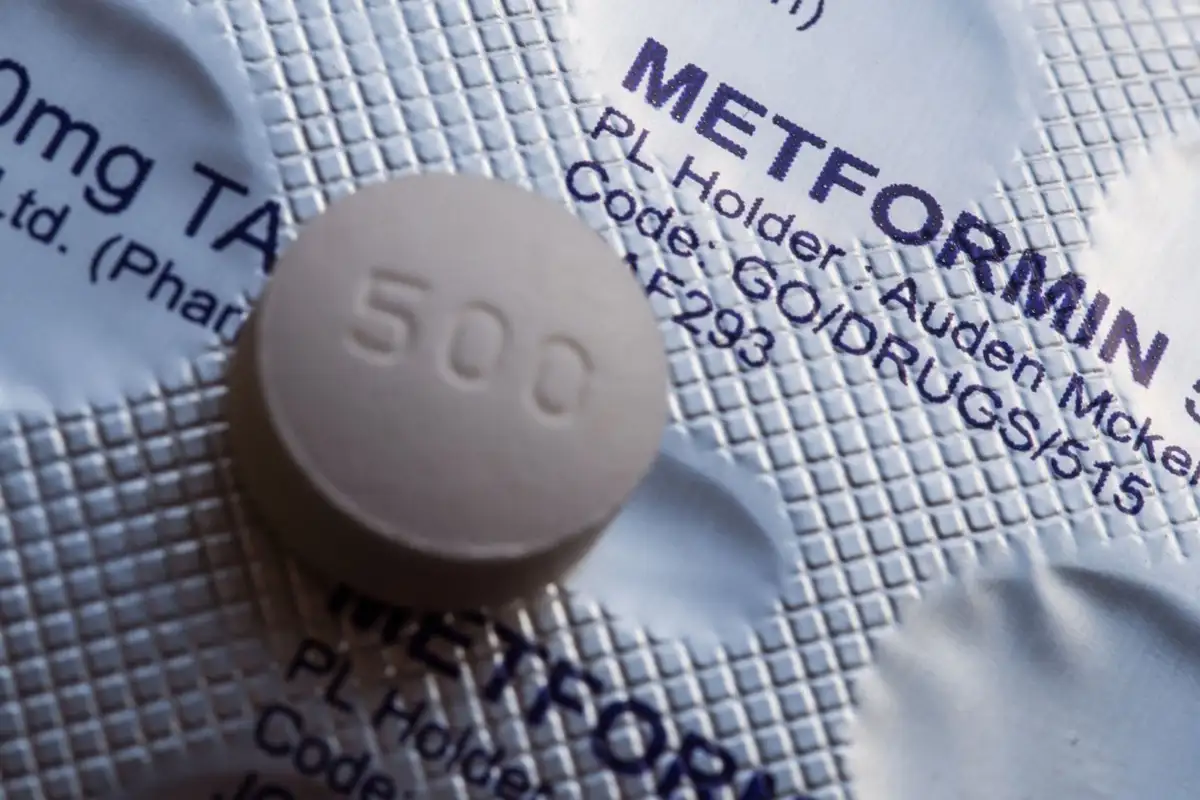Diabetes incidence both T1DM and T2DM is on the rise in children. Both types of diabetes are on greater rise after the pandemic. Awareness and early detection are very important for good management of both types of diabetes. Unfortunately, there is no cure for T1DM yet for diabetes both in children and adults but it can be well controlled.
Type 2 Diabetes is now a public health problem globally and there are over 1.1 million children and adolescents between the age of 14-19 years living with the condition currently. Several factors increase the risk of developing diabetes in children including positive family history, female gender, preterm birth, low birth weight, and obesity. Though medical science has progressed tremendously, we are yet to find a cure for this chronic and life-threatening condition. Complications may lead to the development of hypertension, high cholesterol, heart and blood vessel disease, stroke, liver failure, blindness, increased risk of infections, etc. Diabetic ketoacidosis is another serious complication, characterised by increased levels of toxic acids (ketones) in the body which can lead to confusion, exhaustion, abdominal pain, etc which requires immediate medical attention.
TYPES
Two types of diabetes may affect children.
Type 1 diabetes- Also known as insulin-dependent diabetes, in this type, the pancreas of the patient is unable to secrete insulin, the key hormone which helps to maintain optimal blood glucose levels. Type 1 is due to an autoimmune condition, where the body’s immune system attacks the pancreas and its ability to produce insulin. Environmental factors and genetics also play a crucial role in development. Type 1 is more common in children than adults with 85 percent of the patients below 20 years of age at diagnosis.
Type 2 diabetes– It is also known as non-insulin-dependent diabetes. It is a lifestyle condition characterised by an excess of insulin with reduced sensitivity in the fat cells, muscles and liver which fail to remove excess glucose from the blood. Type 2 diabetes is on the rise in children with rising rates of obesity owing to lack of physical exercise, unhealthy eating and lifestyle.
SYMPTOMS
Type 1 diabetes: The symptoms may start suddenly and may include frequent urination, increased thirst, unusual weight loss irrespective of increased appetite, nausea, tiredness and weakness.
Type 2 diabetes: The symptoms may develop over a period of time or can be detected within months. Most commonly they present with obesity and acanthosis nigricans(dark patches on the skin –especially neck, armpit and thighs. Some of the other common symptoms include excessive thirst, increased urination, slow wound healing, dryness of the eyes resulting in blurred vision, frequent infections, tingling sensation in the hands and legs. Type 2 DM is associated with family history of diabetes, hypertension, dyslipidaemia coronary artery disease all due to obesity and an unhealthy lifestyle leading to insulin resistance.
DIAGNOSIS
The doctor may recommend several tests to confirm the diagnosis including; Random blood glucose test– this is a preliminary test and helps to understand the blood glucose level at any given time. A blood sugar level >200mg/dL suggests diabetes; Fasting blood glucose test– this gives a measure of blood sugar levels after a period of overnight fasting and a value of <126 mg/dL is considered to be normal in children; Glycated haemoglobin (A1C) test- this is a measure of the average blood glucose level for the past 3 months. A level >6.5% indicates diabetes; Additional tests- these may include detection for the presence of diabetes antibodies and ketone bodies, suggesting type 1 diabetes.
PREVENTION AND MANAGEMENT
Management generally comprises both medications and lifestyle changes. 4 pillars for best outcome are – Insulin injections for T1DM (oral tablets in T2DM), healthy diet, glucose monitoring and physical activity. Medications depends on type of diabetes. Insulin injections for T1DM and oral tablets for T2DM. Monitor blood glucose level continiously, get involved in physical activity regularly, and maintain ideal body weight for age and height.
A diabetes-friendly diet includes carbohydrate counting, choosing complex carbohydrates over simple carbohydrates, limiting the intake of processed food high in sugar, trans fat, salt, calories, small and frequent meals including lots of fruits, vegetables, nuts, lean protein to provide optimal nutrition for child growth and development. Get regular periodic check-ups and follow up with paediatric endocrinologist for tracking growth, glucose control and related complications. Ample emotional support at home and school will be helpful for the child to cope and live with the condition without anxiety, fear and distress.
Prevention of T1DM is still under research but T2DM can be achieved by a healthy diet and good lifestyle changes.
The author is Consultant – Paediatric endocrinologist, Manipal Hospital, Old Airport Road.






















